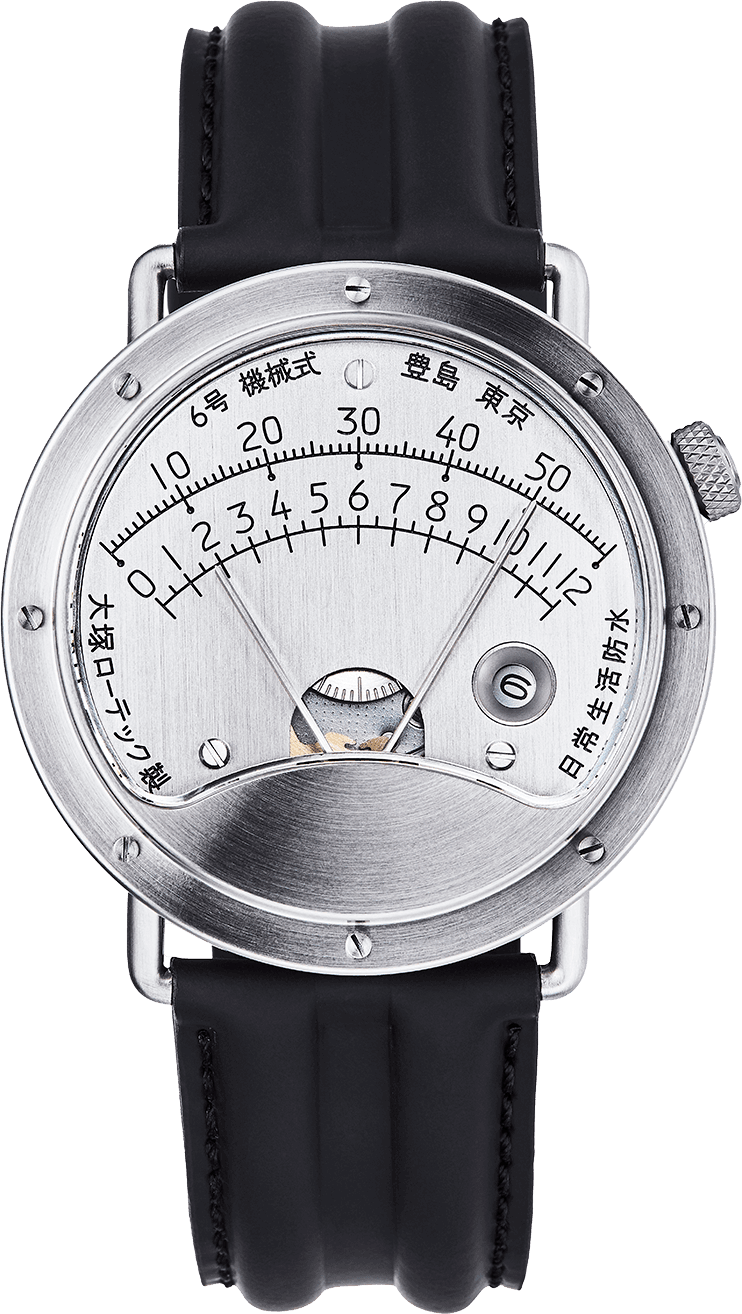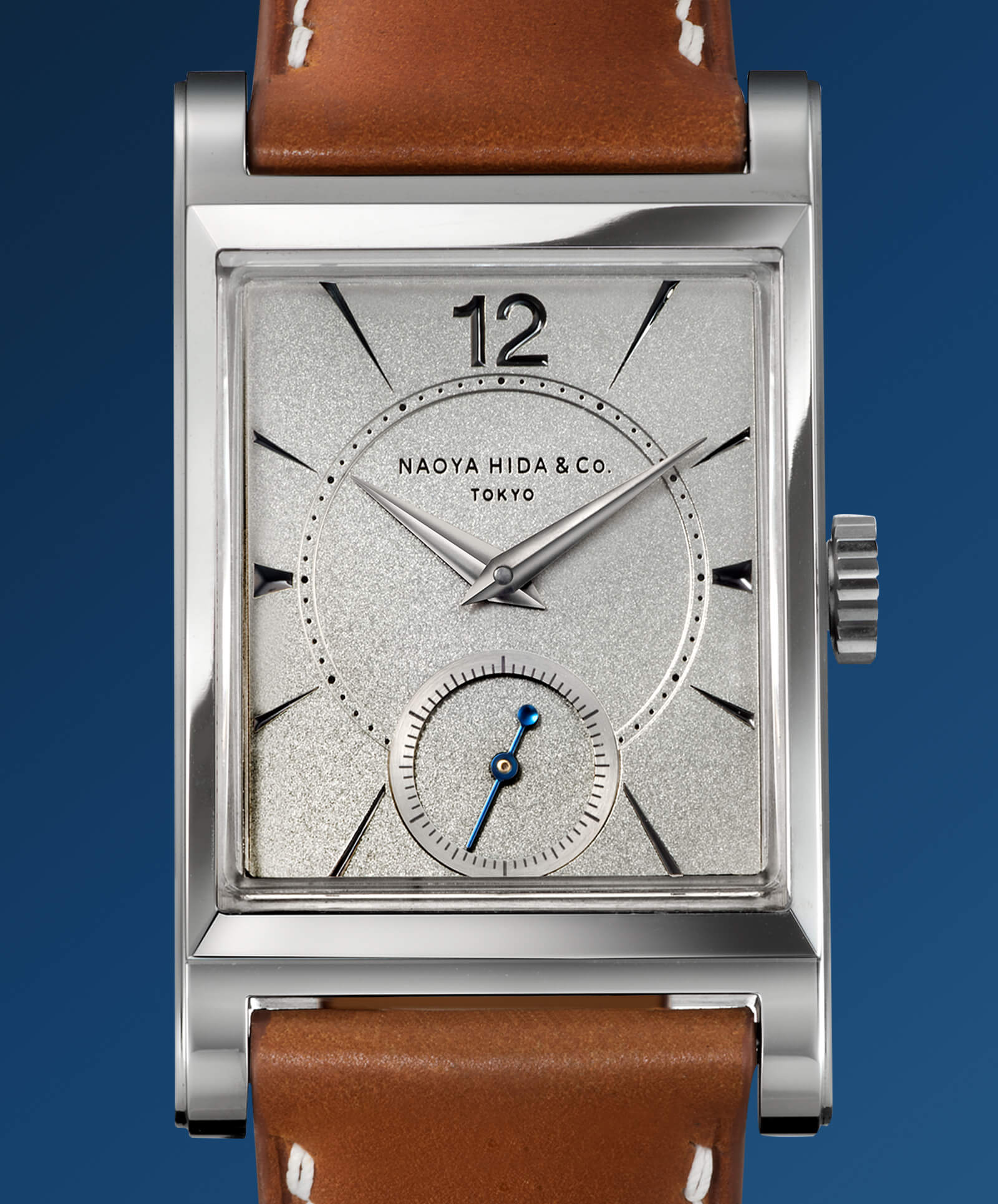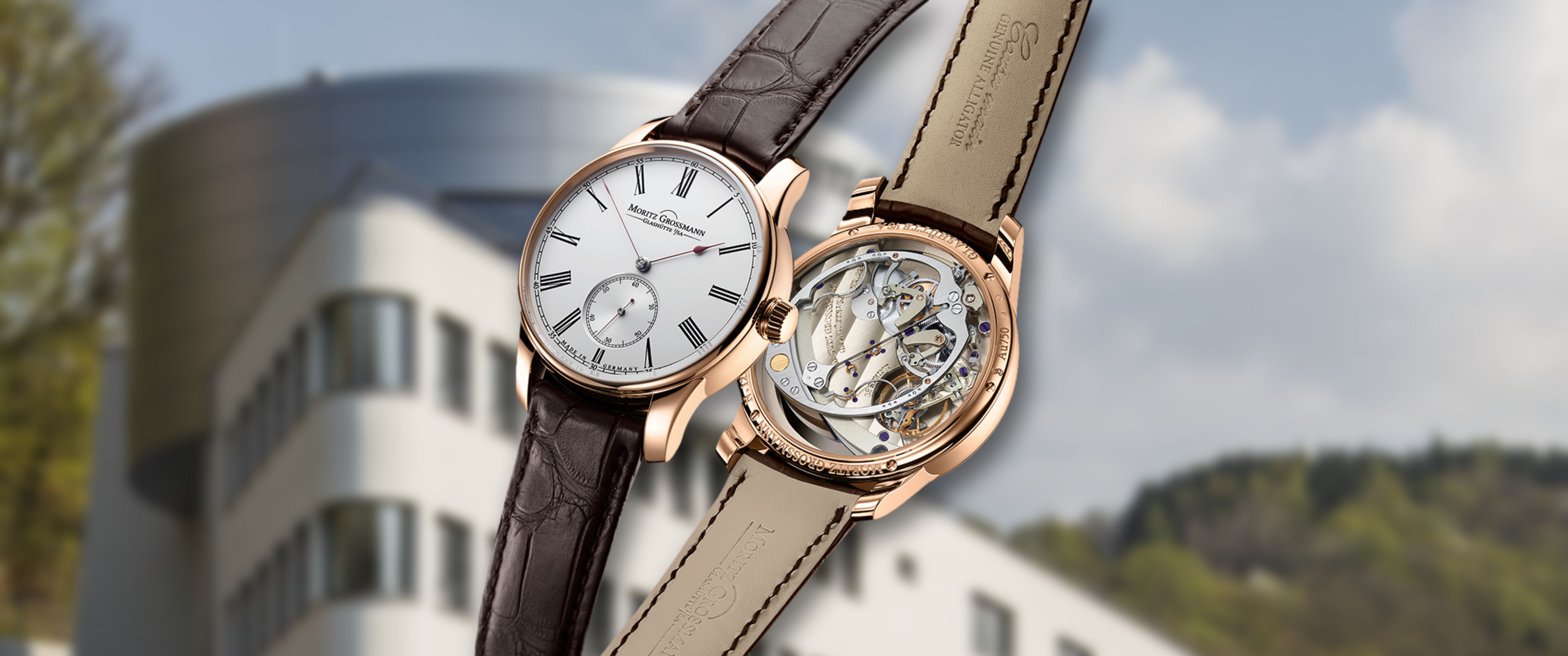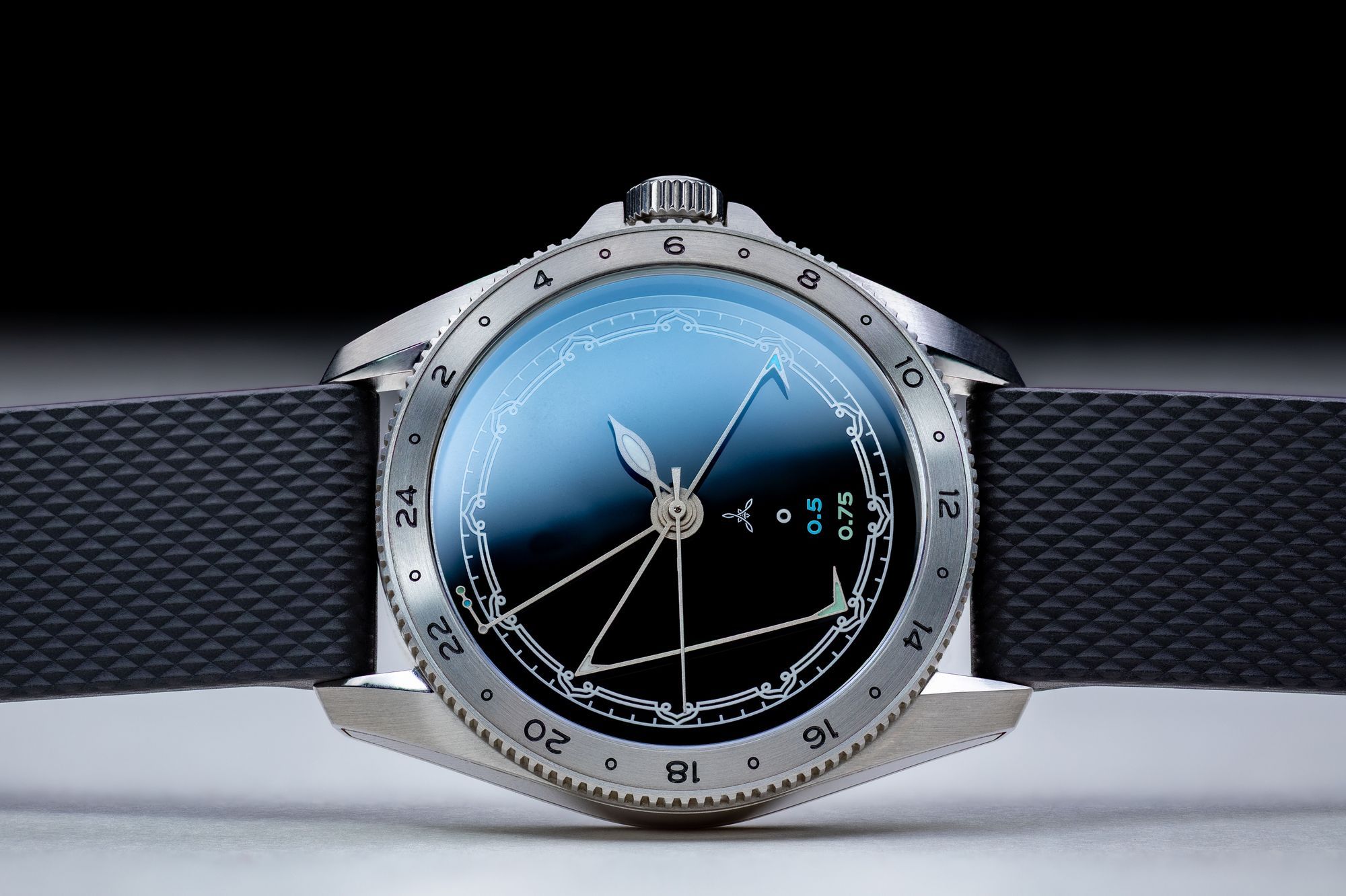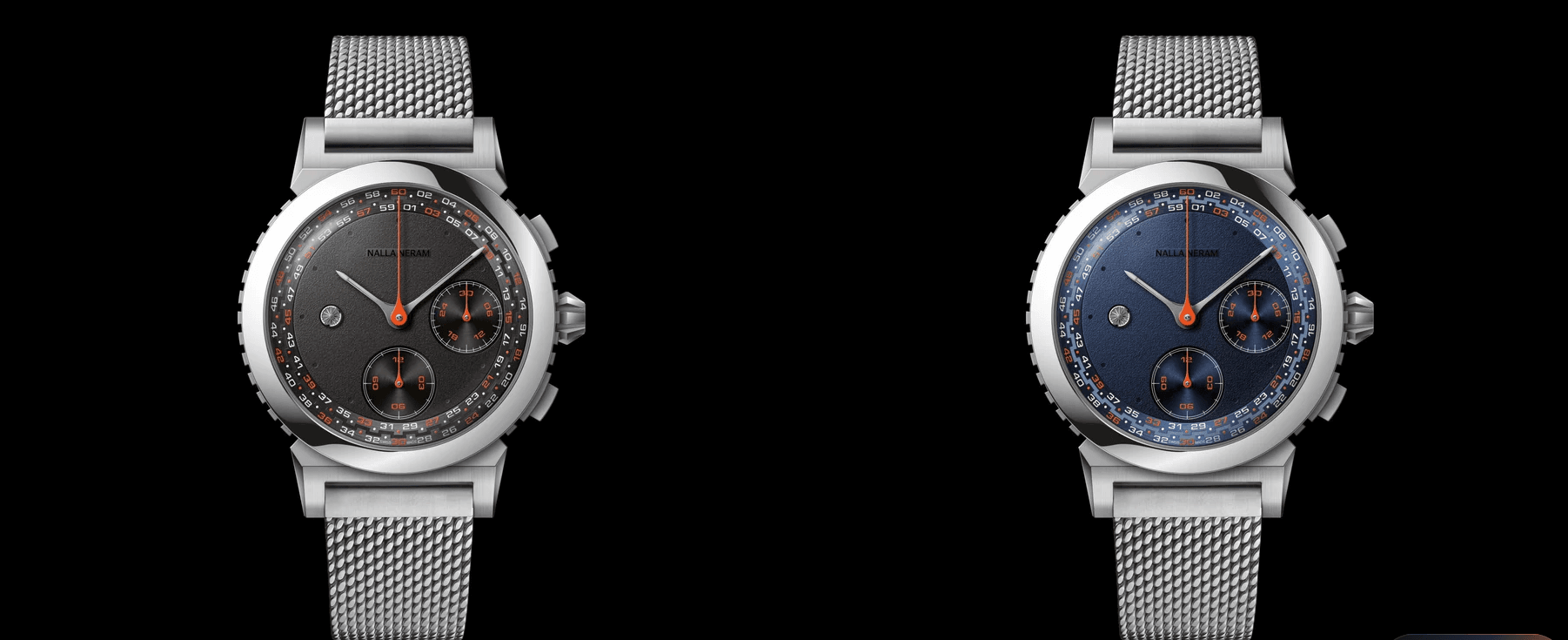The Zen Of Collecting: Discovering The Soul Of Japanese Watchmaking
Japan’s relationship with timekeeping is as intricate as the gears of a fine watch, blending foreign influences with the nation’s deep-rooted traditions of precision and craftsmanship. Much like the art of kintsugi—where broken pottery is repaired with gold, turning flaws into beauty—Japan’s horological industry has endured challenges, adapted, and emerged stronger with time.
The Birth of Japanese Timekeeping
The origins of Japan’s watchmaking journey trace back to the mid-16th century, when Christian missionaries introduced mechanical clocks alongside Western scientific instruments. These early timepieces, brought by Portuguese traders, sparked curiosity among Japanese artisans, who began crafting their own versions using traditional methods of metalwork and woodcraft.
During the Edo period (1603–1868), Japan’s national isolation under the Tokugawa shogunate played a crucial role in shaping a uniquely Japanese approach to timekeeping. Unlike the West, which had adopted fixed-hour systems, Japan followed the wadokei system—a temporal method based on natural cycles, dividing daylight and nighttime into six segments that changed length with the seasons. This system, deeply connected to the rhythms of nature, reflected the philosophy of wabi-sabi, embracing impermanence and the beauty of change. The creation of wadokei required intricate craftsmanship, as these clocks had to mechanically adjust for fluctuating day and night hours throughout the year.
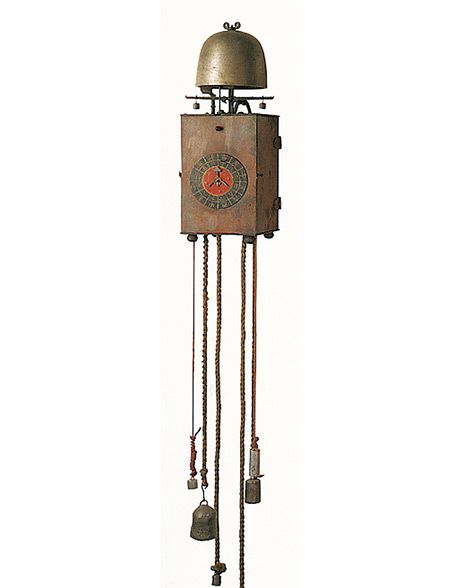
In 1872, Japan switched from its seasonal time system to a fixed time system in conjunction with a calendar reform (from the old lunisolar calendar to the new solar calendar). This brought Japan’s clock industry to a significant turning point. Japan’s traditional clocks for the seasonal time system, apparatuses that had been produced for nearly 300 years, became obsolete. Japan had no choice but to rely on imported items to satisfy the large demand for clocks after the country opened its doors. The Japan-made timepiece industry emerged around 1877 when a small number of manufacturers in Tokyo, Nagoya, and Osaka began small-scale production based on Western wall clocks and pocket watches.
The Rise of Domestic Watchmaking
In 1875, Kingen-sha in Tokyo began producing wall clocks, known as bonbon-dokei, laying the foundation for industrial-scale clock manufacturing. Soon, Nagoya emerged as the heart of Japan’s clock production, capitalizing on its abundance of skilled carpenters, metalworkers, and artisans. The precise craftsmanship required for traditional woodwork and swordsmithing was repurposed into the fine art of watchmaking, much like how samurai skills transitioned into craftsmanship during the Meiji Restoration.
Kintaro Hattori established K. Hattori & Co. (the present Seiko Holdings Corporation) in 1881 to sell and repair imported clocks and watches. In 1892, Kintaro founded Seikosha Factory in the present Sumida Ward, Tokyo, to produce wall clocks. The factory began with wall clocks for two reasons: they were easier to produce than pocket watches, and a competitor in Japan had already demonstrated the cost-effectiveness of Japan-made wall clocks compared to imports.

The production method at Seikosha Factory integrated almost all processes in-house (vertically integrated production). In addition to processing and assembling the mechanical parts, the factory produced most of the dials, hands, wooden cases, and other exterior parts. The production of some parts was converted from outsourcing to exclusive affiliated factories. Compared with horizontally divided production, the method adopted by other Japanese wall clock manufacturers, vertically integrated production ensured better quality and enabled product development at greater speeds. Within six to seven years, Seikosha Factory became the largest producer of wall clocks in Japan.
A Journey to the West
Laying the Foundation In 1899, Kintaro Hattori embarked on his first journey to the West, much like Japanese artisans of the Meiji era who traveled abroad to learn and bring back advanced techniques. He studied European timepiece factories, acquired cutting-edge steam engines, and imported the most sophisticated machine tools available. Upon his return, he modernized the Seikosha Factory, setting the stage for mass production in Japan.
This modernization was tested in 1904 when the Russo-Japanese War redirected Seikosha’s efforts toward manufacturing fuses and military equipment. However, this experience, much like the Japanese approach to continuous improvement (kaizen), propelled the factory’s machining capabilities forward, refining the precision necessary for advanced watchmaking.
Laurel: Japan’s First Wristwatch
In 1913, Japan witnessed the birth of its first domestically produced wristwatch—the Laurel. The transition from pocket watches to wristwatches was a daunting challenge, as global wristwatch production had only just begun a few years prior. Downsizing movements to the delicate 12-ligne size (26.65mm) required pioneering advancements in microfabrication and design. This pursuit of miniaturization echoed Japan’s historic craftsmanship in creating intricate lacquerware and precise katana fittings.

The outbreak of World War I in 1914 further accelerated global demand for wristwatches, as soldiers required more practical timepieces than traditional pocket watches. By sheer coincidence, the Laurel entered the market at the perfect moment, positioning Seikosha at the forefront of wristwatch manufacturing in Japan.
The Great Kanto Earthquake
Japan’s watchmaking industry faced its greatest trial in 1923 when the Great Kanto Earthquake devastated Tokyo. Seikosha’s factories and offices were reduced to ashes, halting production indefinitely. Enduring adversity with resilience, Kintaro Hattori reopened for business within a month. By March 1924, Seikosha had resumed production, determined not just to recover but to innovate.
That same year, Seikosha introduced a new brand: Seiko, meaning "precision" in Japanese. This name was a return to Hattori’s original vision—creating timepieces of the highest accuracy and reliability. In the years that followed, Seikosha expanded its manufacturing facilities, incorporating state-of-the-art machinery and modernized production lines. Between 1928 and 1933, the company constructed new, highly efficient plants, ensuring that its watches met global standards.
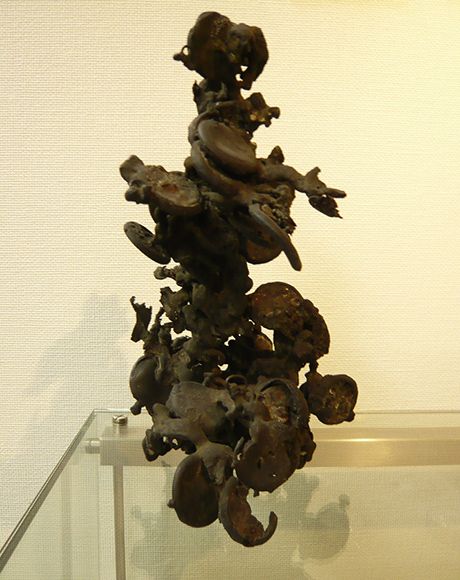
A Legacy of Innovation
Japan’s rise from a post-earthquake revival to a leader in the global watch industry was no coincidence. It was the product of a uniquely Japanese philosophy—where patience, refinement, and an eye for precision shape every detail. The Laurel set the precedent for wristwatches in Japan, and the Empire proved that Japan could stand alongside Switzerland in horology. As Japan continued to push forward, its story was far from over. The coming decades would see it revolutionize the industry yet again, ushering in the quartz era and forever changing the way the world measured time.
Enter Quartz
Though Japan had once looked to Switzerland for inspiration, it was now poised to redefine the watchmaking landscape in its own way. What followed was a period of remarkable innovation, culminating in the quartz revolution of the 1970s—a moment that would change the global watch industry forever.
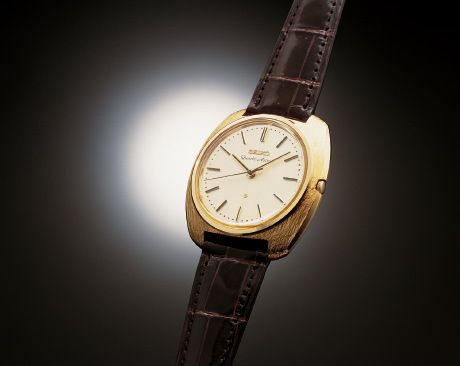
On December 25, 1969, Seiko introduced the world’s first quartz wristwatch, the Seiko Quartz Astron 35SQ. The watch sold for 450,000 yen, about the price of popular car in those days. Not long afterwards, quartz methods developed by other companies converged into the Seiko method as a new global standard. Seiko’s position at the centre attests to the excellence and foresight of Japan’s technology. The major technologies incorporated into Seiko Quartz Astron include a shockproof “tuning-fork-type crystal oscillator” remarkable for its small size and low power consumption; an “open type step motor” that saves power and space via dispersedly arranged motors and hand operation by the second; and an ultralow-power-consumption semiconductor called the CMOS-IC.
The accomplishment was recognized by the IEEE (Institute of Electrical and Electronics Engineers) and received both an Innovation Recognition Award (2002) and IEEE Milestone (2004) award. The watch was also permanently exhibited in the Smithsonian Museum and certified as a Mechanical Engineering Heritage of Japan in 2014.
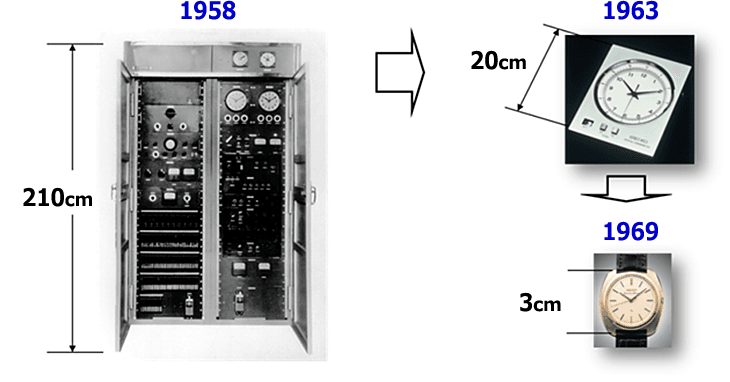
Some noteworthy Japanese brands
While most collectors are aware of popular Japanese brands like Seiko, Grand Seiko, Casio and G-Shock, it is the lesser known brands that are leading the way when it comes to innovation. Brands such as Ōtsuka Lōtec have captured the imagination of watch enthusiast thanks to its exclusivity and innovative methods.
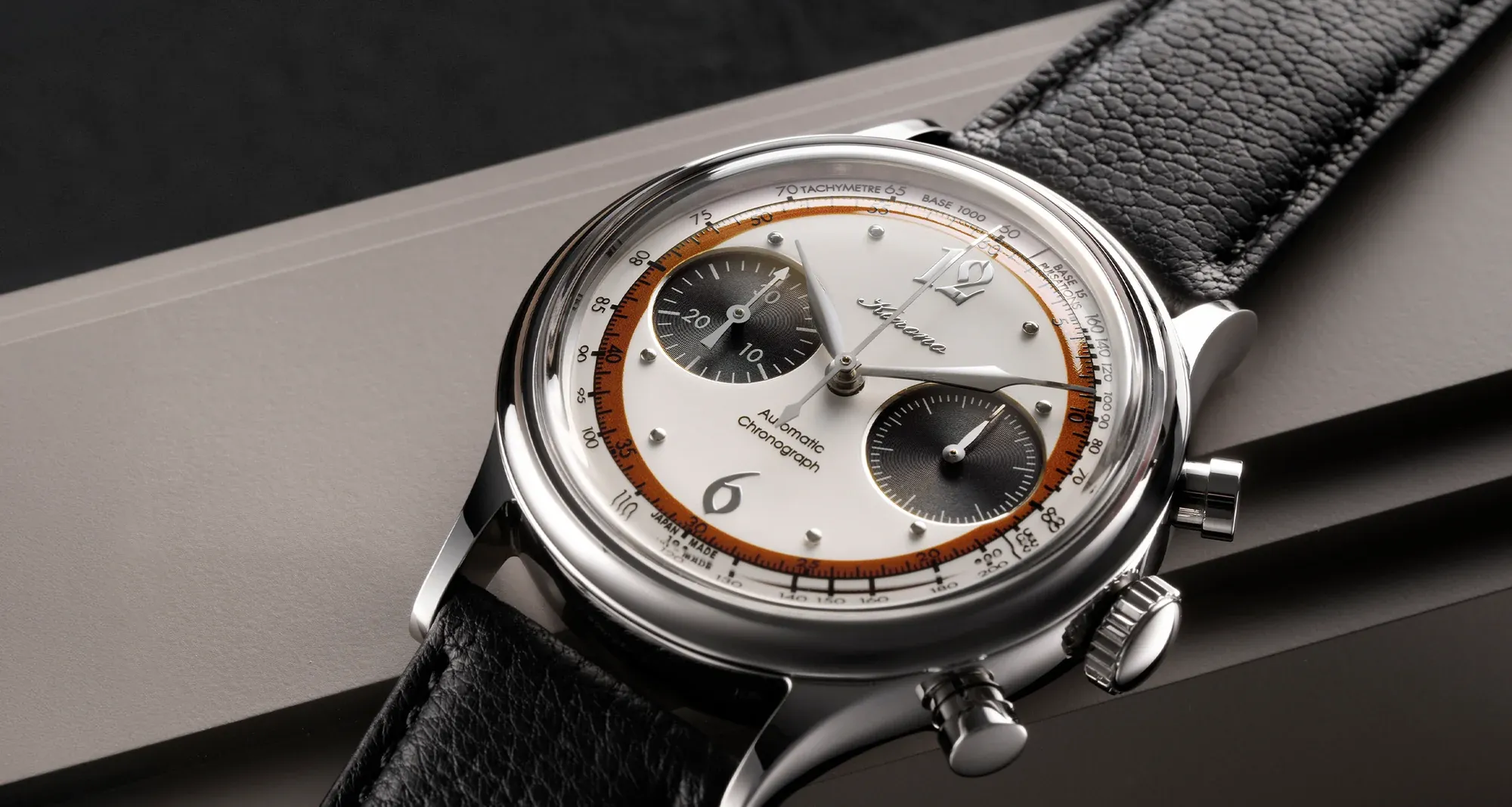
Like many great things in Japan Ōtsuka Lōtec is a JDM (Japanese Domestic Market) darling. For now, you can only get the brand's watches in Japan – released mainly via a lottery system – and the watches have to be delivered to a Japanese address and can only be processed by credit card issued via a Japanese bank. That's a lot of hoops to jump through and why the prices on the secondary market are so high.
Another hidden gem in the lanes of Tokyo is Naoya Hida & Co. In the six years since the brand was founded, they've only produced 243 watches and only 10 of the latest model are anticipated over the next year. With limited production the micro brand did a trunk show at The Armoury in New York City in 2024. The Armoury is no stranger to these kinds of shows, but more frequently you can expect some of the best in tailoring and menswear at their outposts in Hong Kong and New York. Under the helm of avid watch collector Mark Cho, they've also become one of the few places you can see (and order) one of the watches from this Japanese microbrand that has left big-name collectors obsessed.
From wadokei to world-class mechanical watches, Japan’s journey in horology is a testament to resilience, adaptation, and the relentless pursuit of perfection. And like a finely tuned movement, the industry continues to push forward always in harmony with tradition, yet never bound by the past.
No articles found

